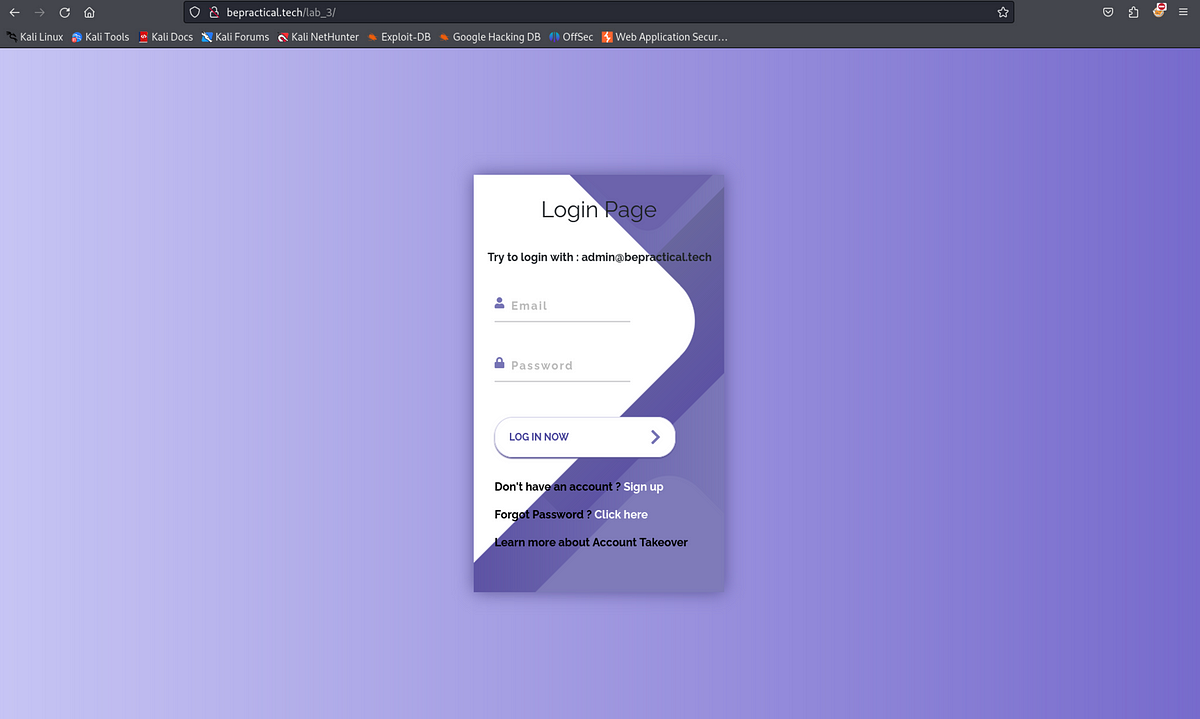BOOK THIS SPACE FOR AD
ARTICLE ADIn the digital age, where our lives are intertwined with the online realm, practicing good cyber hygiene has become more crucial than ever. Cyber hygiene involves adopting a set of habits and practices that protect you from various online threats. In this article, we’ll delve into Cyber Hygiene 101, exploring essential best practices to safeguard your digital identity and personal information.
Strong Passwords and Multi-Factor Authentication (MFA)The foundation of good cyber hygiene starts with strong, unique passwords for each online account. Explore the art of creating robust passwords and the added layer of security provided by Multi-Factor Authentication (MFA).
2. Regular Software Updates
Keeping your software up-to-date is a simple yet effective way to protect against vulnerabilities. Understand the importance of timely updates for operating systems, antivirus software, and applications to patch potential security flaws.
3. Secure Wi-Fi Practices
Your home network is a gateway to the online world. Learn about securing your Wi-Fi network with a strong password, enabling WPA3 encryption, and regularly reviewing connected devices to prevent unauthorized access.
3. Phishing Awareness
Phishing attacks continue to be a prevalent threat. Explore common phishing tactics and how to recognize phishing emails, messages, and websites. Educate yourself on the importance of verifying the legitimacy of requests for personal information.
4. Device Security
Whether it’s a smartphone, tablet, or computer, each device is a potential target for cyber threats. Discover best practices for securing your devices, including device encryption, biometric authentication, and remote tracking and wiping features.
5. Regular Backups
Data loss can occur due to various reasons, including cyber attacks. Develop a routine for regular backups of your important files. Explore both local and cloud-based backup options to ensure data recovery in case of an incident.
6. Privacy Settings on Social Media
.png)
 4 months ago
36
4 months ago
36 














 Bengali (Bangladesh) ·
Bengali (Bangladesh) ·  English (United States) ·
English (United States) ·